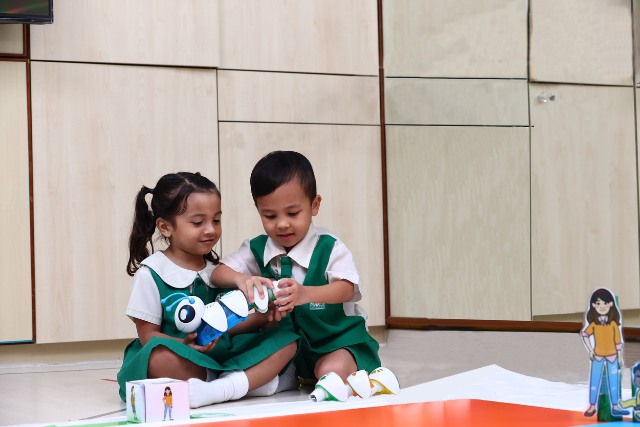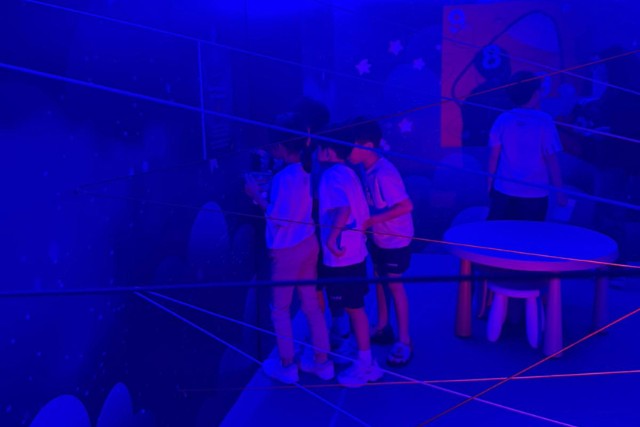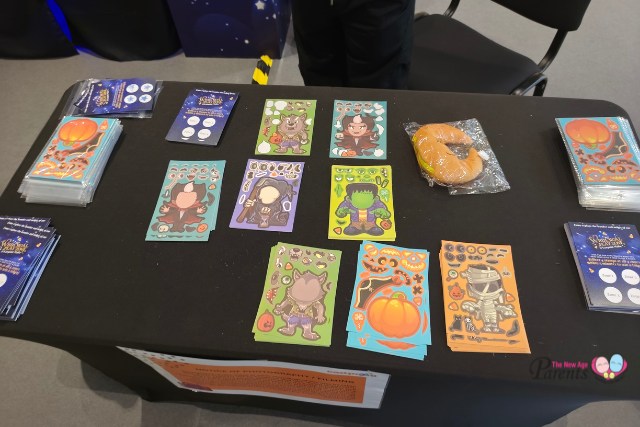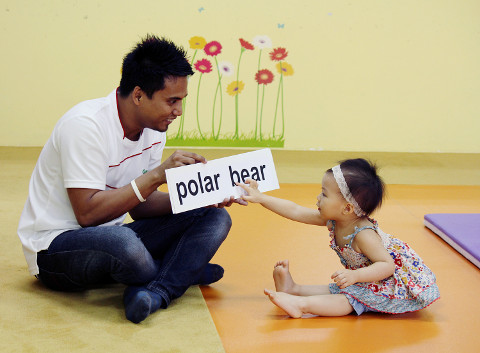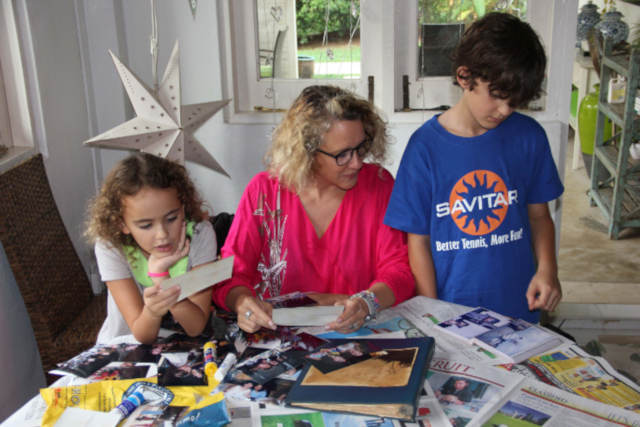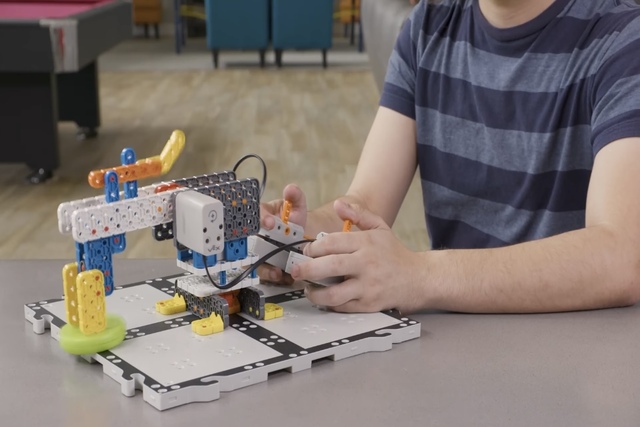How can parents raise a child who reads and loves to read? Brian Caswell, Dean of Research and Program Development at MindChamps shares his experience and advice.
For over 15 years, during my time as a teacher, I coached high-school basketball teams to a number of local area championships. Why do I mention this in an article about raising a reader? Because I would like to use success in basketball as a metaphor for reading mastery.

Basketball and books
Looking at the overall performance of players over those 15 years, it was easy to see a strong and direct correlation between their quality as a player and their ability to make free-throws. In other words, the best players were also the best free-throw shooters. In research terms, ability at free-throw shooting was an effective indicator – or predictor – of overall performance or prowess.
Does this mean that all we have to do to create great basketball players is to drill them constantly in free-throw shooting so that their free-throw average is over (say) 80%? Most people would see the proposition as ludicrous. After all, although the ability to make free-throws is an essential factor in winning close games, that specific ability is only a very small part of the complex set of skills that make up a top-flight basketball player.

An understanding of strategy; defensive technique; lay-ups; dunks; off-ball movements; passing rotations; the ability to memorise and execute complex ‘plays’ in coordination with four other players; the ability to improvise, to predict the opponent’s moves and a thousand other nuanced abilities all make up the skill-set of a successful basketball player, and years of experience reveals that this combination is overwhelmingly the result of three components:
- Years of training in all aspects of the sport;
- Hours and hours of playing the game under all kinds of conditions and against all kinds of opposition – but mostly just for fun and, essentially,
- A love of the game for its own sake.
The process of developing the manifold skills of basketball naturally results in the improvement of any individual component of those skills – e.g free-throw shooting. But what if the free-throw percentage is easier to measure? What if, in research terminology, it is more quantifiable? We might use it to predict the potential quality of a player, before seeing him or her play, and the correlation might be strong, but that is very different from focussing only on that skill in training and developing a player.
In research, there is a truism that states: ‘Correlation does not equal causation’, and this is where the basketball analogy intersects with the area of reading.
Prescription for nurturing a life-long reader
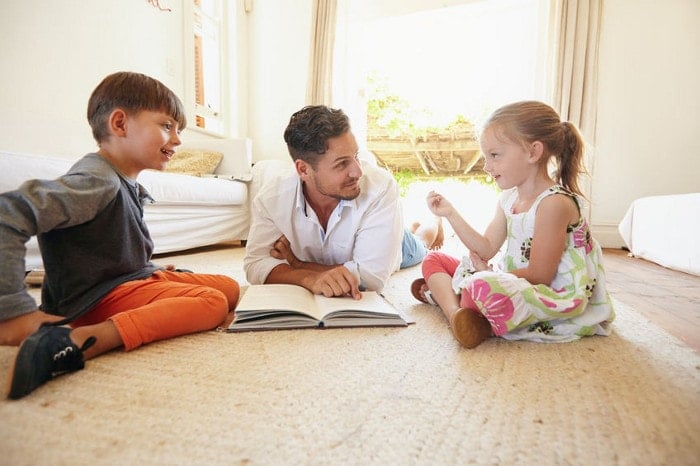
In reading the easiest thing to measure (and to drill) is what is called the ‘code-based’ or phonics skills. Just like free-throws, these are easily quantifiable. They can be measured in a ‘tick-box’ manner and they predict future reading success because without phonics skills – word-attack – no effective reading is possible.
⇒ Related Read: How To Teach Phonics To Children
However, as one influential paper on the subject pointed out:
To understand the vocabulary and sentence structures that result from decoding, children must have mastery over their native language as well as knowledge of the world. Otherwise, they only decode the letters in the sentence into words that yield nothing beyond a string of seemingly disconnected sounds.

Unfortunately, as in the free-throw analogy, phonics skills are only one component of a complex and beautiful process that hinges on:
- Years of training in all the manifold and complex skills of reading – including, but not limited to the development of phonics skills;
- Hours and hours of reading, both collaboratively and individually, under all kinds of ‘real-life’ conditions – i.e: complete sentences, stories, books, poems etc. rather than meaningless fragments – but mostly just for fun and, most essentially,
- A love of the act of reading for its own sake. Children learn by engaging, by taking a skill-set and experimenting with it – by playing with the pieces until they see for themselves how they go together. So, the prescription for building a life-long enthusiastic reader is simple.
Best Way To Teach Your Child To Read
- Read to and with them from the moment they are born – even before the words make sense to them. They will absorb the sounds and flows and rhythms of the language, ‘wiring’ their rapidly developing brains with the circuits essential to future reading.
- When they are old enough – and this can be amazingly early – ask them questions about the story or the characters, have them point to pictures, elements and, as they become more aware, ask them to predict, comment, offer reasons for events and behaviours.
- Use books with predictable repetitions and outcomes, and encourage the child to both predict what will come next, and chant the key repeated words and phrases, while pointing to them. This is not ‘decoding’ – although it can rapidly develop into it, as the brain begins to recognise patterns.
- Talk to them constantly, and encourage them to talk back; point out environmental language (signs, words on food containers; logos [what 21st Century two-year-old does not recognise the golden arches?] – the names of family members etc.)
- Immerse them in a sea of language and fun, so that reading is equated with the best of times – not with drill and boredom.
There is nothing wrong with drawing attention to the shapes and the sounds of words as part of the reading process, but this is most effective when it occurs ‘in context’ – as part of enjoyable and engaging interaction with the magic of text. Without the engagement and the immersion in whole reading experiences, we are simply drilling them to shoot free-throws – without any certainty that they will ever enjoy playing the game.
For more tips from the experts, read our Enrichment and Preschool Guide.
* * * * *
If you find this article useful, do click Like and Share at the bottom of the post, thank you.
Want to be heard and seen by over 100,000 parents in Singapore? We can help! Leave your contact here and we’ll be in touch.













